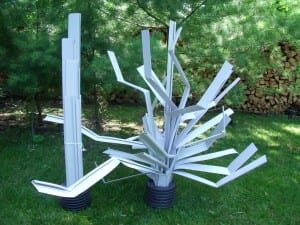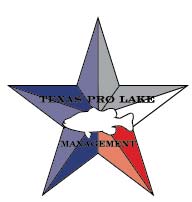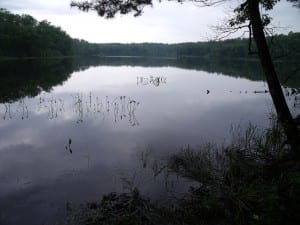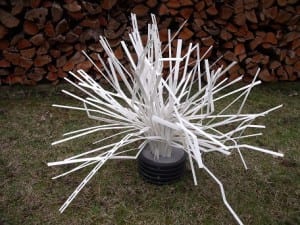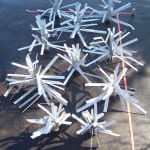For a winter that’s been unusually warm, it was no surprise when 2,000 people showed up at a frozen lake near Ladysmith, Wis., for a fishing tournament.
 A young angler won the first-place prize of $1,000 after catching a 30-inch pike. (Photo By: John Thiel, Dairyland Power Cooperative)
A young angler won the first-place prize of $1,000 after catching a 30-inch pike. (Photo By: John Thiel, Dairyland Power Cooperative)The Ladysmith Lions Club organized the city’s first annual Ice Fishing Tournament, which followed a major fish habitat enhancement project on Lake Flambeau.
“Since we utilize natural resources for our business, we are strongly committed to giving back to the environment through high-impact stewardship activities, such as the fish habitat project,” said Katie Thomson, senior communications specialist for Dairyland Power Cooperative.
The Feb. 26 tournament raised $25,000. Profits from the event will be distributed to local food pantries, lake-habitat projects and Lions Club programs.
Enhancing the reservoir’s fish habitat was no easy task. Led by the Rusk County Wildlife Restoration Association and supported by the La Crosse-based G&T, the multiphase project began in 2007.
The phases included rehabbing the deep-water area, improving shoreline, and closing the lake for six months. A 30-foot drawdown was set up to drain the lake, which took seven weeks to refill once the repairs were complete.
During construction workers placed more than 150 deepwater fish structures, made of rock, logs and brush, on the lakebed. Seventy-five more fish structures were built and placed along the shoreline.
Numerous pine trees were cut and anchored to the lakebed and placed on the shoreline. This winter, whole pine trees were weighted at the base and sunk vertically in deep water areas.
See the dozens of unique artificial fish habitat models, fish attractors and fish cover used at fishiding.com, the leader in proven science based, fish protection.
 Fishermen stocked the fish board with pike, walleye, crappie, perch and bluegill after a day of fishing. (Photo By: John Thiel, Dairyland Power Cooperative)
Fishermen stocked the fish board with pike, walleye, crappie, perch and bluegill after a day of fishing. (Photo By: John Thiel, Dairyland Power Cooperative)“Restoration really benefitted the lake’s health, which will in turn benefit sports enthusiasts,” said John Thiel, senior environmental biologist for Dairyland.
“The panfish species are becoming more abundant and thriving and the lake’s ready to be fished,” he said. “We provided some real quality recreational activities with the hydro reservoir.”
In addition to the major fish habitat project, Dairyland has established and owns five parks around the 2,000-acre Lake Flambeau. Three of the parks have boat landings and one is equipped with a handicap-accessible fishing pier. The parks are maintained by Rusk County.By Marcia Gaysue | ECT Staff Writer
To sign up for the latest Co-op Newsmakers news alerts, click here.
